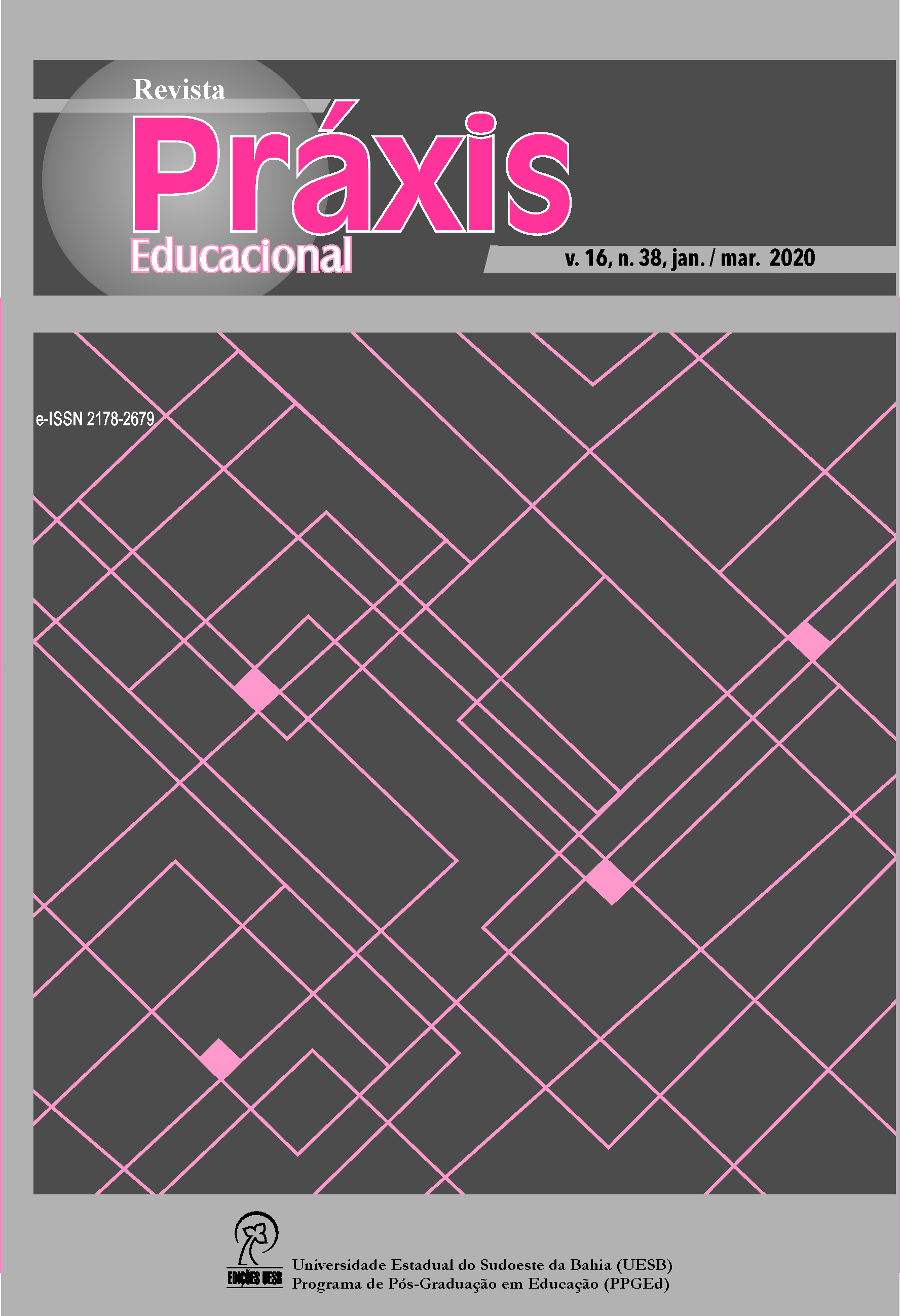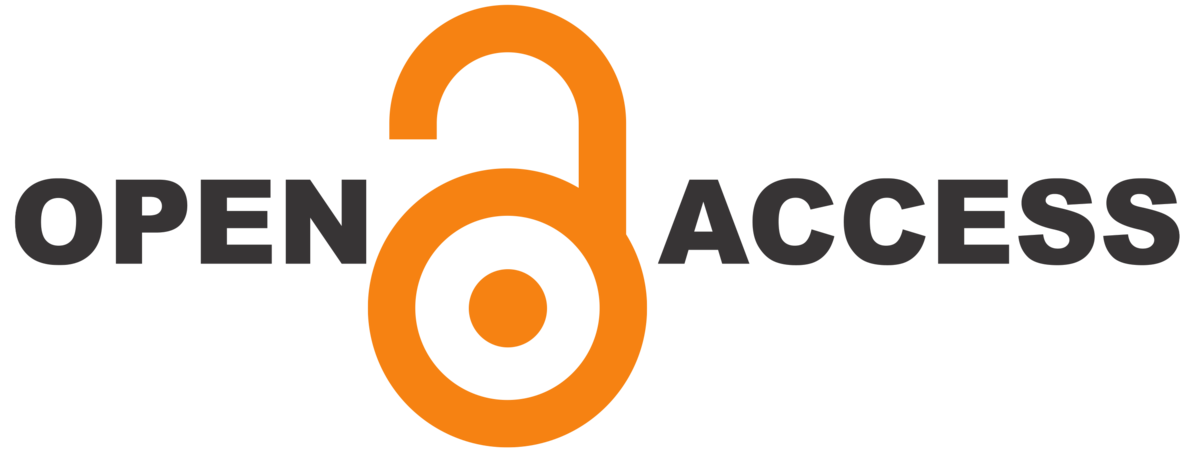THE EVALUATION AND REGULATION OF FOR-PROFIT HIGHER EDUCATION IN BRAZIL: IMPLICATIONS FOR SINAES
DOI:
https://doi.org/10.22481/praxisedu.v16i38.6001Keywords:
For-profit higher education in Brazil, Private higher education quality, SINAESAbstract
Legalized in 1997, for-profit offerings now dominate the private higher education sector in Brazil. Data from the National Higher Education Census reveal that in 2017 there existed 1,153 for- profit institutions in Brazil, accounting for 53.6% of all private-sector higher education establishments and for 43.4% of all higher education enrollments in the country. Using both Brazilian data and findings from the international literature, this study discusses the for-profit phenomenon in terms of three dimensions – access, ethics and quality – and their implications for Brazil’s National System of Higher Education Evaluation (SINAES). With respect to access, it is clear that for-profit offerings serve to expand higher education opportunity, especially for those who work and/or come from low-income families. On the other hand, the reliance on public student loans, the resulting student indebtedness, and a tendency to use unethical practices to recruit students and promote profits, as emphasized in the international literature, suggest that the segment requires close monitoring on a national scale. However, despite the negative consequences of the for-profit motive, preliminary analyses reveal that there is little difference between for-profits and non-profits with respect to the quality indicators (IGC and CPC) used within the context of SINAES. Based in these findings, the article concludes by arguing that the evaluation and regulation of higher education in Brazil, via the improvement of SINAES, should give greater attention to institutional transparency, student recruitment and selection, and the problem of student indebtedness. Although these suggestions are especially relevant for the for-profit sector, they also apply to higher education as a whole, since all of the country’s higher education institutions must meet national standards of quality
Downloads
References
BENNETT, D.L.; LUCCHESI, A.R.; VEDDER, R.K. For-profit higher education: growth, innovation and regulation. Columbus, OH: Center for College Affordability and Productivity, 2010.
BRASIL. Ministério da Educação. Instituto Nacional de Estudos e Pesquisas Educacionais. Censo da Educação Superior 2016. Brasília: INEP, 2017a
BRASIL. Ministério da Educação. Instituto Nacional de Estudos e Pesquisas Educacionais. Educação superior/indicadores/cpc 2017. Brasília: INEP, 2017b
BRASIL. Ministério da Educação. Instituto Nacional de Estudos e Pesquisas Educacionais. Educação superior/indicadores/igc 2017. Brasília: INEP, 2017c
CAPSEE, Center for Analysis of Postsecondary Education and Employment. For profit colleges by the numbers, 2019. At: https://capseecenter.org/research/by-the-numbers/for-profit-college-infographic/ Consulted 21/08/2019.
CARVALHO, C.H.A. A mercantilização da educação brasileira e as estratégias de mercado das instituições lucrativas. Revista Brasileira de Educação, v. 18; n. 53, p. 761-776, 2013.
CORBUCCI, P.R.; KUBATA, L.C.; MEIRA, A,P.B. Reconfiguração estrutural ou concentração de mercado superior privada no Brasil. Radar, n. 46, ago., p. 39-45, 2016.
DOUGLASS, J.A. Money, politics and the rise of for-profit higher education in the U.S. Research and occasional paper, Center for Studies of Higher Education, University of California, Berkeley, 2012.
HALPERIN, D. Department of Education staff moves to dump for-profit college accreditor. Blog, 06/15/2016. At: https://www.linkedin.com/pulse/dept-education-staff-moves-dump-for-profit-college-david-halperin Consulted 08/30/2016.
HALPERIN, D. Stealing America's Future: How For-Profit Colleges Scam Taxpayers and Ruin Students' Lives. Washington D.C.: Republic Report, 2014.
HENTSCHKE, G.C.; LECHUGA, V.M.; TIERNEY, W.G. For-Profit Colleges and Universities: Their Markets, Regulation, Performance, and Place in Higher Education. Herndon VA: Stylus, 2010.
KINSER, K. The quality-profit assumption. International Higher Education, n. 71, Spring, p. 12-13, 2013.
KINSER; K.; LEVY, D.C. For-profit higher education: U.S. tendencies, international echoes. In: J.F, FORREST, J.F.; ALTBACH, P.G (eds.), International handbook of higher education. New York, NY: Springer, p. 107-119, 2007.
OLIVEIRA, R.O. A transformação da educação em mercadoria no Brasil. Educação e Sociedade, 30 (108), p. 739-760, 2009.
SAMPAIO, H. O setor privado de ensino superior no Brasil: continuidades e transformações. Revista Ensino Superior Unicamp, v.4, p. 28-43, 2011.
TOOLEY, J. Should the profit sector profit from education? Educational Notes. No. 31. London: Liberatarian Alliance, 1999.
USDE. United States Department of Education. The Condition of Education 2019. Washington D.C.: National Center for Education Statistics, 2019. At: https://nces.ed.gov/pubs2019/2019144.pdf Consulted 21/08/2019
UNITED STATES SENATE. For profit higher education: report of the Health, Education, Labor and Pensions Committee. Washington D.C.: U.S. Senate, 2012.
VERHINE, R.E.; DANTAS, L.V. Brazil: problematics of the tripartite federal framework. In: CARNOY, M.; FROUMIN, I.; LESHUKOV O.; MARGINSON, S., Higher Education in Federal Countries: A Comparative Study, New York: Sage, 2018, p. 212-257
VERHINE, R.E. O novo alfabeto do SINAES: reflexões sobre o IDD, CPC e IGC. In: DALBEN, A., DINIZ, L. and SANTOS, L. (eds.). Convergências e tensões no campo da formação e do trabalho docente. Belo Horizonte: Autêntica, 2010.
WILDAVSKY, B. The great brain drain: how global universities are reshaping the world. Princeton, NJ: Princeton University Press, 2010.












